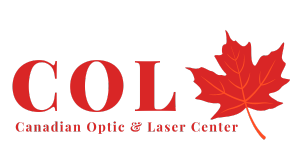The human immune system acts a defence mechanism against exogenous or indigenous potentially harmful bodies, such as bacteria and viruses.
The major histocompatibility complex (MHC class I and class II antigens) form key elements of legitimate body components, and the organization of MHC molecules allows T-lymphocytes to distinguish between legitimate and foreign bodies.
On detection of a foreign component, T-cells activate the necessary pathways for destruction of the foreign body. Occasionally however the system breaks down and the result is a disease of an autoimmune nature. Both visible light and infrared low reactive-level laser therapy (LLLT) has been shown to act on immune system cells in a number of ways, activating the irradiated cells to a higher level of activity.
Infrared LLLT has been shown to increase both the phagocytic and chemotactic activity of human Leukocytes in vitro, for example. This is an example of photobiological activation. Photobiological cell-specific destruction is also possible using doses of low incident laser energy on cells which have been photosensitized for the specific wavelength of the laser, such as in photodynamic therapy (PDT) for superficial cancers. LLLT has also been shown to act directly and selectively on the autoimmune system, restoring immunocompetency to immunoincompetent cells. Although much more research needs to be done, there are enough experimental and clinical data to show that the laser, and LLLT in particular, has a possibly exciting role both in immunobiological therapy for diseases of the immune system, and to activate and boost the normal reaction of the immune system components against harmful foreign bodies.
